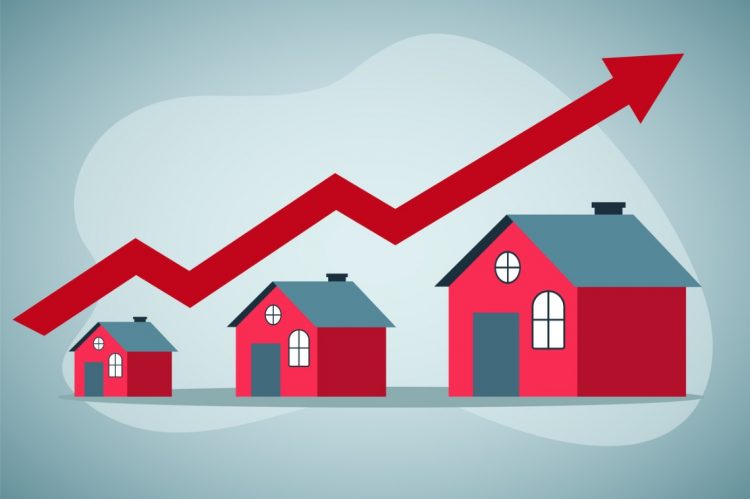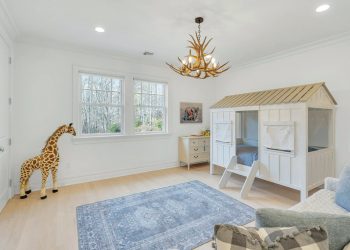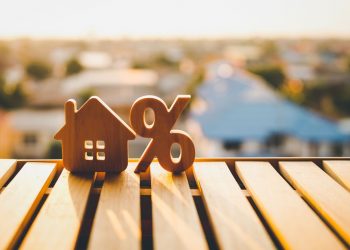New-home sales reversed course from their 8.7% dip in August and grew 12.3% in September, according to a new report from the National Association of Home Builders (NAHB).
New-Home Sales Reverse Course, See Growth in September
Why 93% of Clients Ditch Their REALTOR®
Here’s how you retain them and build a book of business that lasts. Watch now.
Business Tip of the Day provided by
Categories
The Most Important Real Estate News & Events
Click below to receive the latest real estate news and events directly to your inbox.
By signing up, you agree to our TOS and Privacy Policy.













